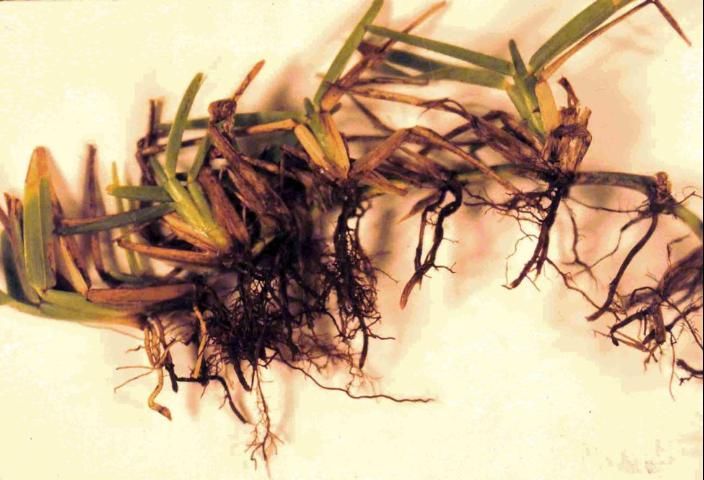Communities We Serve
abacoa, admiral's cove, atlantis, boca raton, boynton beach, briny breezes, Cloud Lake, coppoa villas, delray beach, eastview manor, egret cove, Fairway Isles, frenchmans harbor, frenchmans reserve, frenchmens creek, georgian park, glen ridge, greenacres, gulf stream, hamptons, Haverhill, Highland Beach, hobe sound, hypoluxo, juno beach, juno ridge, jupiter, jupiter inlet colony, jupiter island, jupiter landing, jupiter plantation, Lake Clarke Shores, Lake Harbor, lake mangonia, lake park, lake worth, lantana, limestone creek, lost tree, Loxahatchee Groves, Manalapan, mangonia park, maplecrest, north palm beach, northfork, Ocean Ridge, olympia, palm beach, palm beach gardens, palm beach lakes, palm beach shores, palm city, palm springs, pine gardens north, pines of jupiter, pinewood park, poinciana park, port salerno, riverwalk, riviera beach, roosevelt estates, royal palm beach, Royal Palm Estates, sea colony, sewall's point, shorewood, simms creek, singer island, south palm beach, spencer lakes, stuart, tequesta, the bluffs, the shores, thousand oaks, town of haverhill, tuscany, village of golf, wellington, west jupiter, west palm beach,


